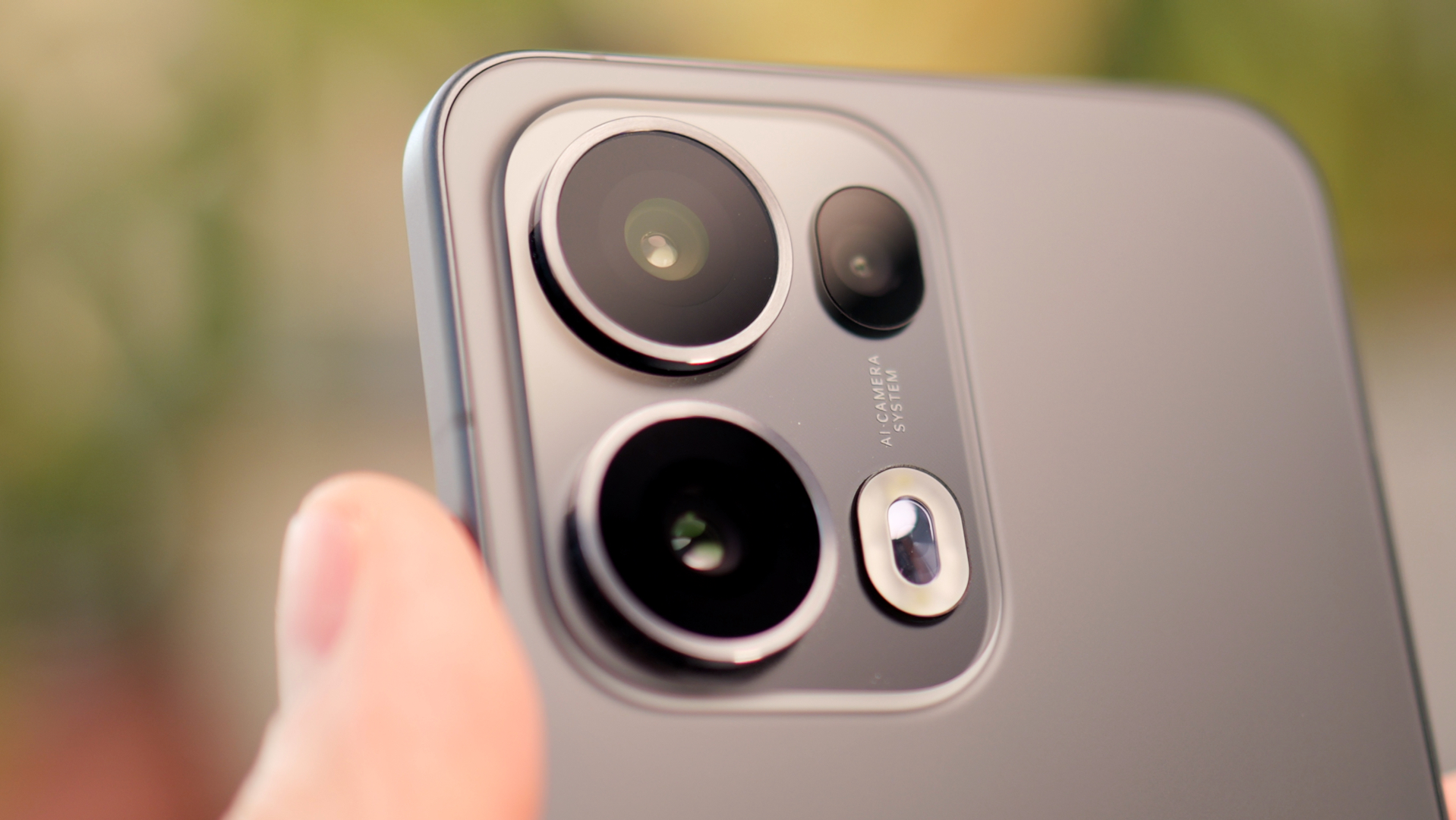The best geared tripod head
We pick the best geared tripod heads that allow you the ultimate precision and control over camera positioning.
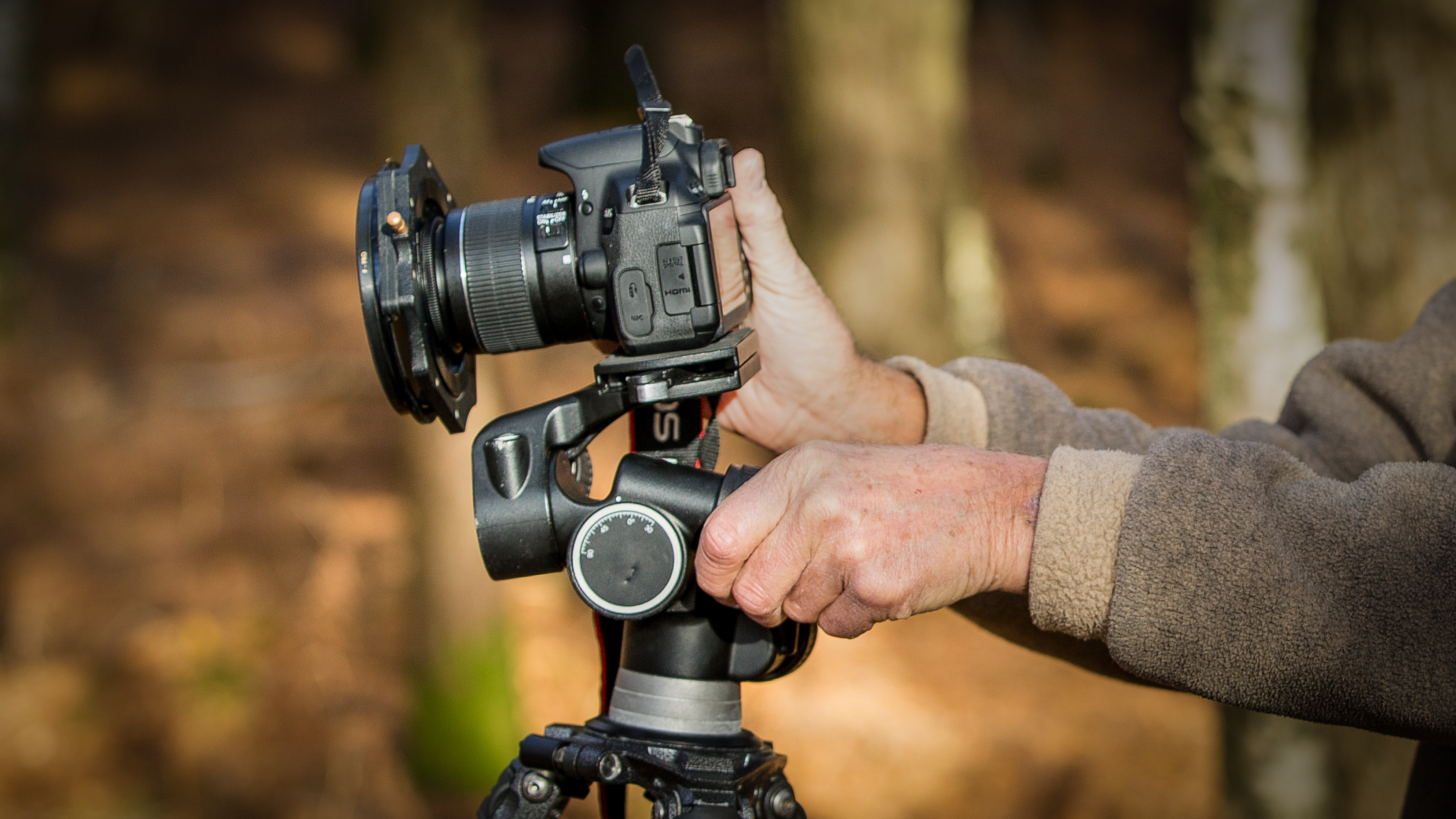
The best geared tripod head is the ultimate option for those who want to precision control of camera positioning. As you might expect, a geared head uses a gear-driven mechanisms to control camera movement. Usually this is across three axes – panning, tilt and yaw. With a geared head, a camera can be very precisely positioned, and then securely locked into place when it's time to shoot
This is what differentiates a geared head from a decent ball head or 3-way head – while these provide solid support for shake-free shooting, they simply don't offer the same level of precision. In studio, landscape or architectural photography, positioning is often critical. Try as you might to adjust a conventional head to your exact requirements, it can often sag or drift slightly after you tighten the clamp and release your grip on the camera.
Geared heads can be are horrifically expensive but we’ve rounded up the best-geared tripod head models on the market that come at more affordable prices. Here’s what they have to offer…

Matthew Richards is a photographer and journalist who has spent years using and reviewing all manner of photo gear. He is an encyclopedia when it comes to just about anything imaging-related – which makes him the perfect choice to pick the best geared heads.
The quick list
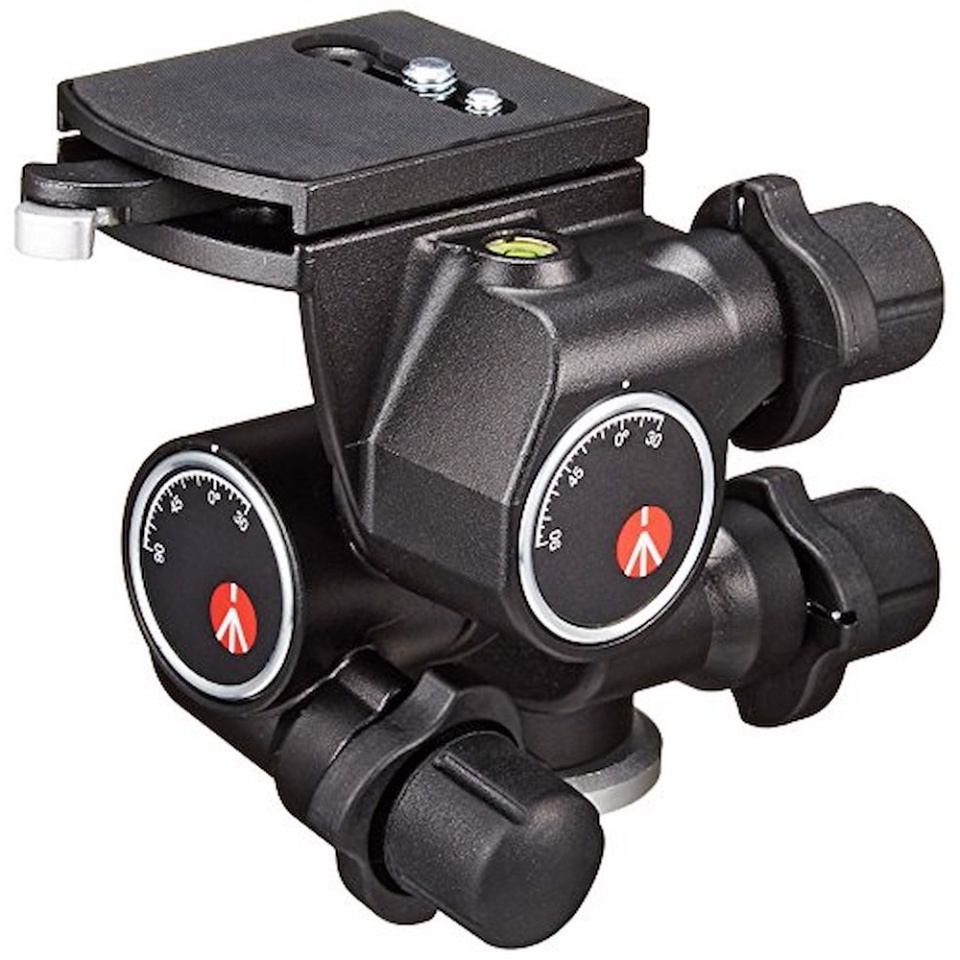
Best overall
The Manfrotto 410 Junior geared head is our top pick, offering brilliant precision, ease of use and build quality, with a reasonable price tag as well.
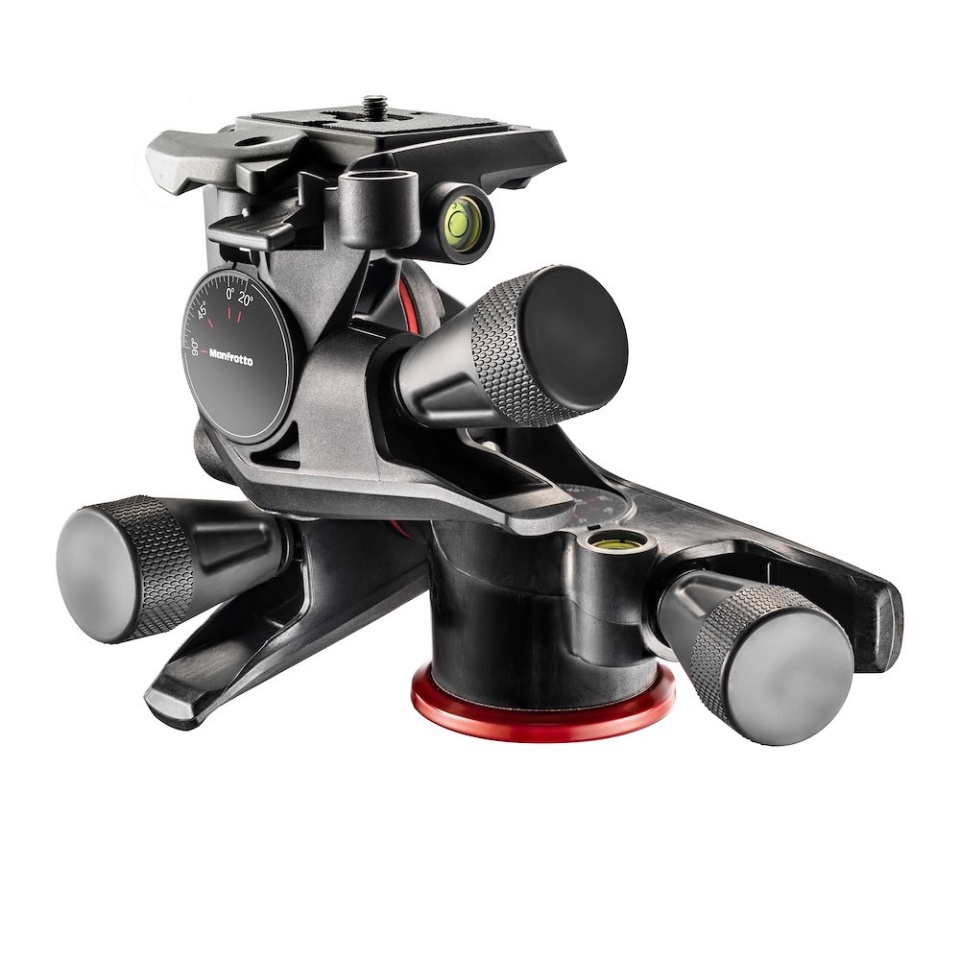
Best lightweight head
Much lighter than Manfrotto's alternatives, the XPRO head is an ideal choice for anyone who doesn't want to be weighed down too much – just watch the 4kg capacity.
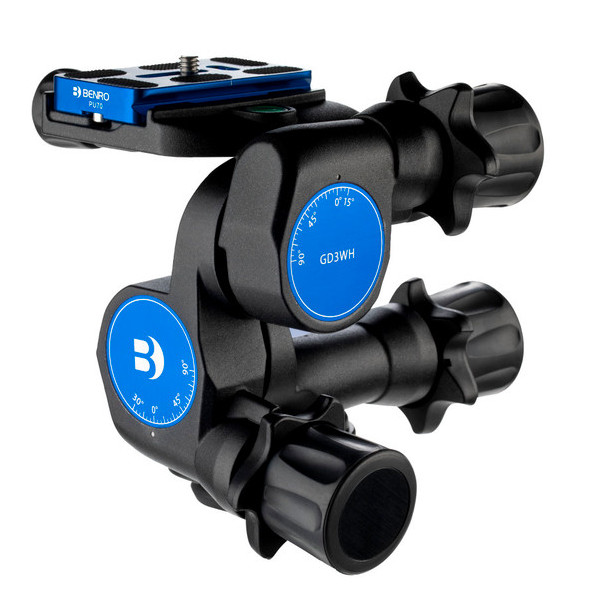
Best for build quality
Constructed to high-grade standards using magnesium alloy, Benro's geared head really feels premium – and having an Arca-Swiss plate is definitely a bonus.
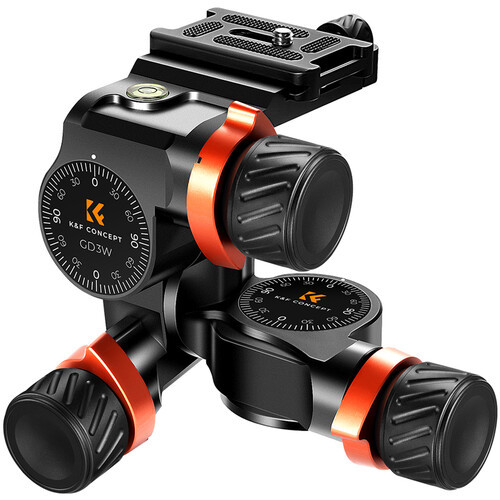
Best for landscapes
Beautifully made with a high degree of precision, this head from K&F Concept (or Kentfaith) is an ideal, affordable choice for landscape and outdoor photography.

Best for pros
With a higher maximum payload rating than the competition (7.5kg), Manfrotto's 405 head is better suited to professional full-frame camera setups, with big lenses.
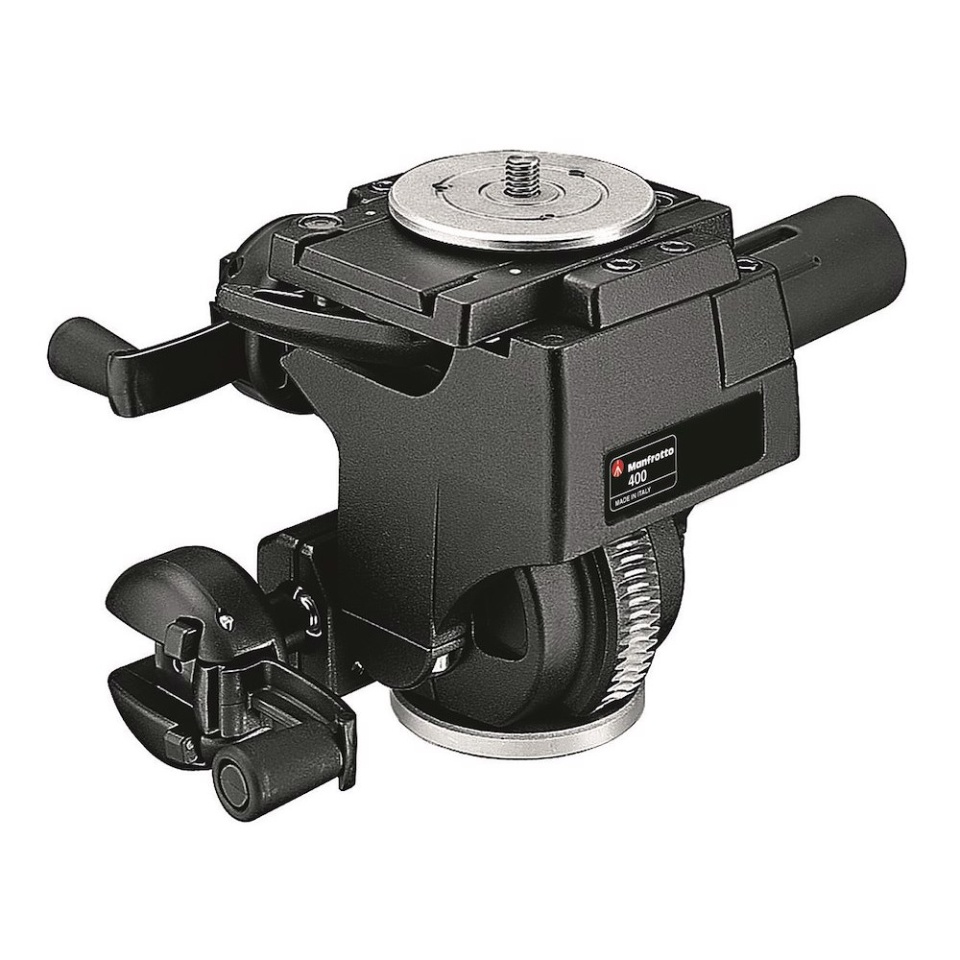
Best for studio
You won't want to be carting this 3kg monster out to locations – though of course, that's why 'Studio' is in the name. For indoor precision, it's a top choice.
Best geared tripod heads
Why you can trust Digital Camera World
Best overall
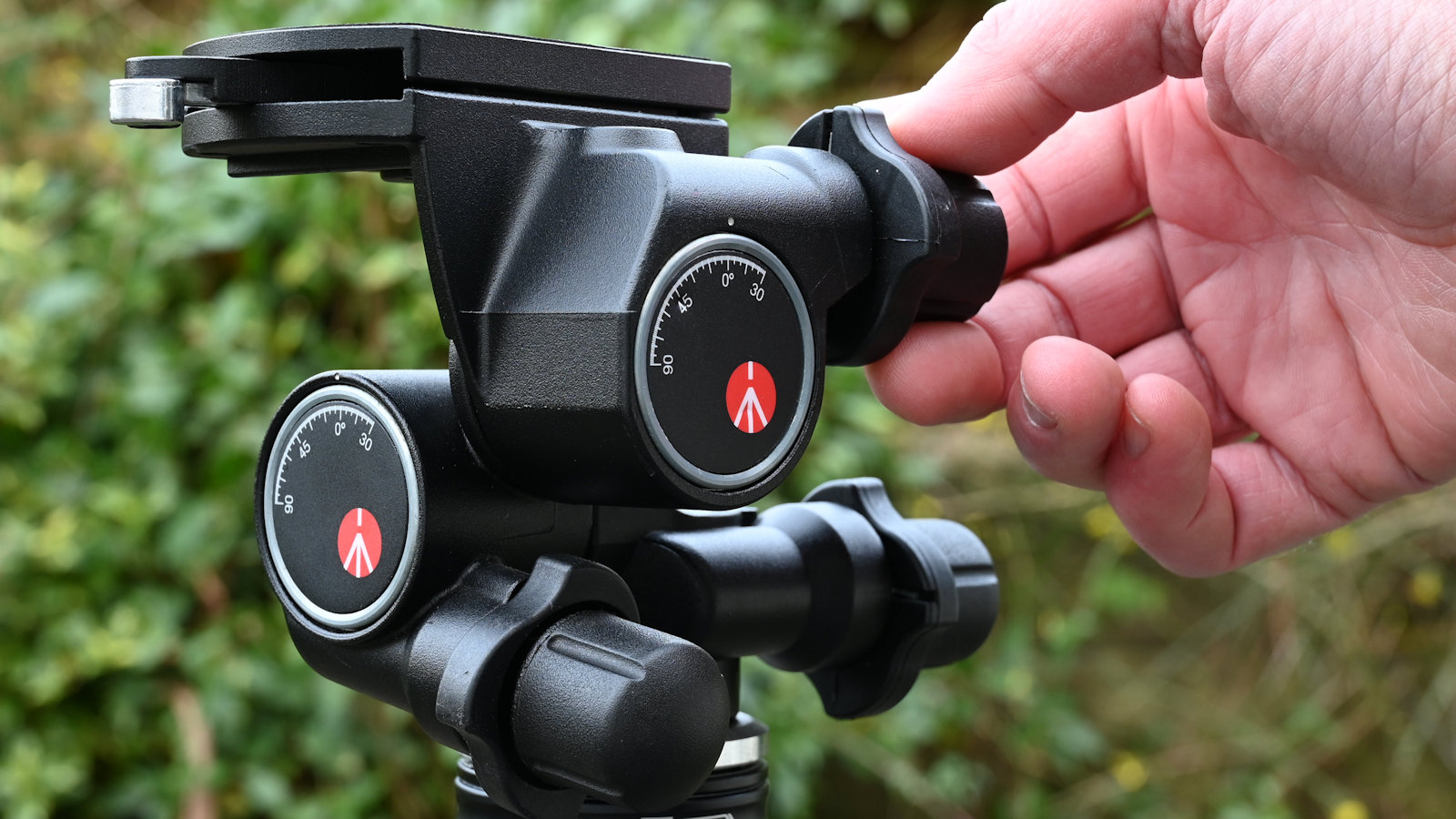

Specifications
Reasons to buy
Reasons to avoid
One of the least expensive geared heads on the market, the 410 Junior is nevertheless very well-engineered with aluminum construction. It has a 60mm diameter base and weighs in at 1.22kg, with a maximum load rating of 5kg. As you’d expect from a geared head, three ‘micrometric’ knobs enable very precise and fully independent adjustments of front/back tilt, lateral tilt, and 360-degree panning.
Furthermore, each knob has a quick-release clutch at its base. This enables you to adjust any of the three movements quickly and easily, to get the position in the right ballpark before using the relevant knob for precise final adjustments. A single bubble level is fitted to aid in leveling
Best lightweight head

Specifications
Reasons to buy
Reasons to avoid
We are thoroughly impressed with Manfrotto’s XPRO magnesium ball head and XPRO 3-way aluminum head. This XPRO geared head is from the same product line but has a relatively lightweight construction, based on high-grade plastics. Indeed, it’s significantly lighter than the Manfrotto 410 Junior and less than half the weight of the 405 geared head.
The downsides are that it has a lower 4kg payload than the other two aluminum geared heads, and is a little more prone to flexing, whereas the other Manfrotto heads feel more rigid. On the plus side, trigger-action quick-release clamps enable rapid adjustment of all three controls, while the screw-action knobs allow for very fine adjustments, complete with three bubble levels.
Best for build quality


3. Benro GD3WH geared head
Specifications
Reasons to buy
Reasons to avoid
This geared head from Benro has a practically identical weight to Manfrotto’s plastic XPRO geared head, but the Benro is made from magnesium alloy and has a 50 percent greater maximum load rating of 6kg. It also feels more solid in use, and less prone to flexing when attaching a camera via the quick-release plate. The plate itself is industry-standard Arca-Swiss type, rather than the proprietary plates of the competing Manfrotto geared heads.
The gear-drive knobs for front/back tilt, lateral tilt, and panning all feel very tactile and operate with smooth precision while disengaging wheels for each of them enable quick large-range adjustments. Three bubble levels are featured to aid leveling and the overall performance and build quality are exceptional, given the modest selling price.
Best for landscapes
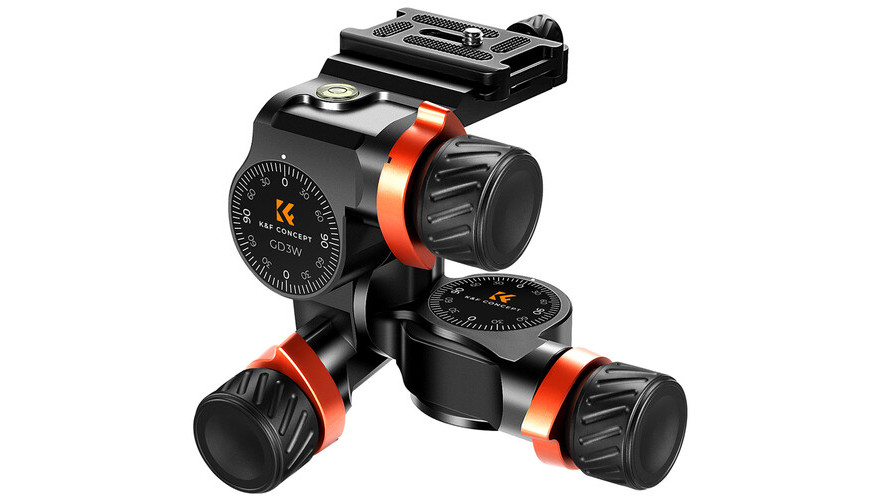
4. K&F Concept 3-Way Geared Tripod Head
Specifications
Reasons to buy
Reasons to avoid
Cheaper than many of the ultra-deluxe geared heads on the market, this option from K&F Concept (also known as Kentfaith) certainly gets the job done. With three geared axes of movement – pan, tilt and yaw – it lets you get nicely precise with your camera positioning. The aluminium alloy build feels pleasingly solid, and the control knobs provide smooth and intuitive positioning adjustment.
The maximum payload of the head is 6kg – this should realistically be enough for most camera setups, though it's worth being aware that you do have to really tighten the knobs when using heavier lenses. The head isn't too bulky or heavy, and generally feels like a premium product despite being more affordable than much of the competition.
Best for pros
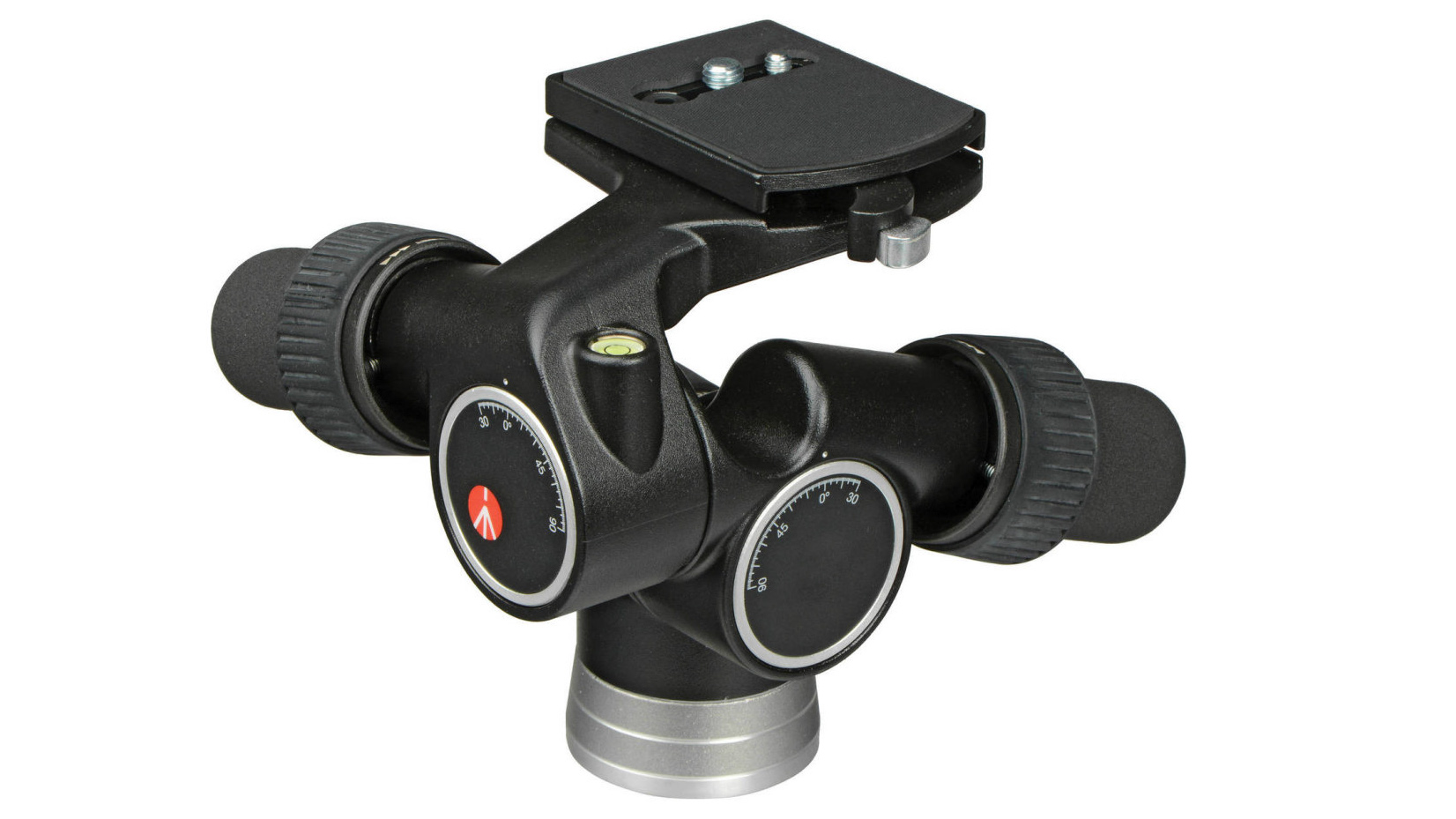
5. Manfrotto 405 geared head
Specifications
Reasons to buy
Reasons to avoid
Weighing in at 1.6kg, this geared head is 380g heavier than Manfrotto’s 410 Junior. Both have the same base diameter of 60mm and the same 410PL quick-release plate, but the 405 bumps up the maximum load rating from 5kg to 7.5g, making it more suitable for heavy camera and lens combinations. It also has three bubble levels rather than just one.
Again, quick and easy disengagement of the gears is available, this time via rubberized twist rings which are mounted just in front of the main control knobs. The control knobs themselves offer marginally greater precision than those of the 410 Junior, with a lower gearing that equates to 6.55 degrees per full turn rather than 7.2 degrees. At about twice the price to buy, however, the 405 is considerably more expensive.
Best for studio
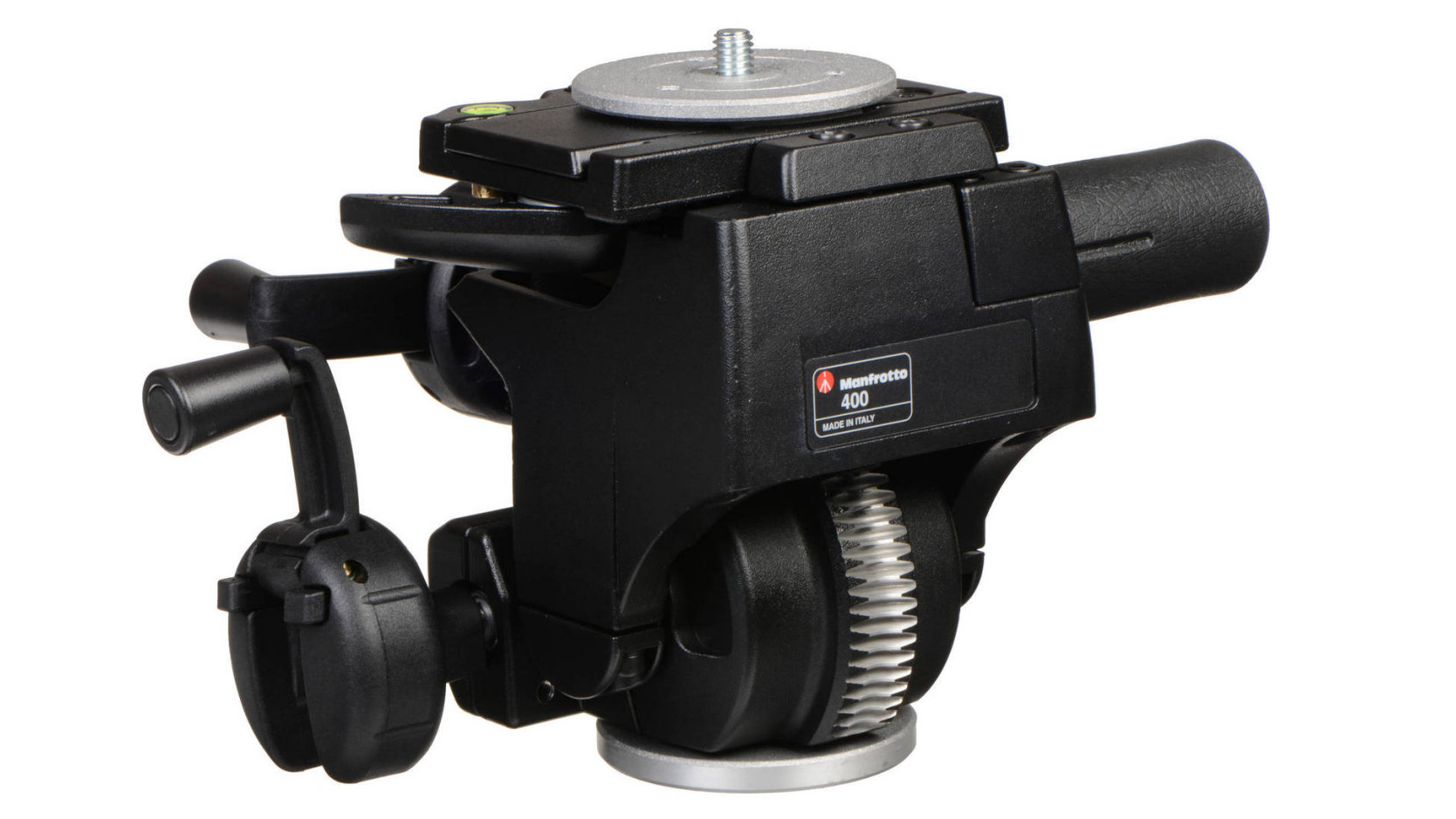
6. Manfrotto 400 Studio geared head
Specifications
Reasons to buy
Reasons to avoid
Built primarily for studio use, this is a real heavyweight of a geared head, tipping the scales at 3kg. It also has a particularly hefty maximum payload of 10kg. Particularly ideal for mounting on a studio column, the head has two knobs with fold-out crank handles to control front/back tilt and panning. There’s also a longer protruding knob to control lateral tilt, however with a comparatively limited range of adjustment, at just +/- 7.5 degrees.
Again, this is more in keeping with studio shooting than being out and about. The head features a bubble level and comes with three quick-release plates of different heights. This is to ensure sufficient clearance between any camera and the rear crank handle. It’s a beast of a head in terms of size and weight but is particularly solid and robust.
How to choose a geared head
When choosing a geared head, it’s good to take its base diameter into consideration and ensure it’s a good match for the mounting platform on your tripod legs. Naturally, the maximum payload should also be sufficient for the heaviest camera setup that you want to use with the head.
A geared head may offer bubble or spirit levels which can be a great help for leveling the camera. There are three separate screw-action knobs for adjusting front/back tilt, lateral tilt and panning position. Typically, a full 360-degree turn of an adjustment knob will result in a mere 7-10 degrees of movement in either tilting plane of the head, enabling you to make the finest of adjustments with ease.
The main construction material is typically aluminum, but some geared heads are made from technopolymer (high-grade plastic) or magnesium alloy. This tends to be less of a pressing concern than it is with a tripod, but is worth paying attention to nevertheless.
How we test tripod heads
When we look at geared tripod heads, the main areas of testing are build quality and performance. Build quality encompasses things like the materials and how durable they are, as well as how fit for purpose each individual part is – something that is important for a mainstay piece of camera equipment, and especially so for a geared tripod head, which has a lot of moving parts and high precision requirements
The performance of a geared head is tested in real-world scenarios with a camera mounted on top. All the features are tested, particularly the geared movement actions for smoothness and reliability. Locking mechanisms are tried and tried again to make sure they are both robust and reliable. We also look at the weight and bulk of the head, assessing how portable it is.
FAQs
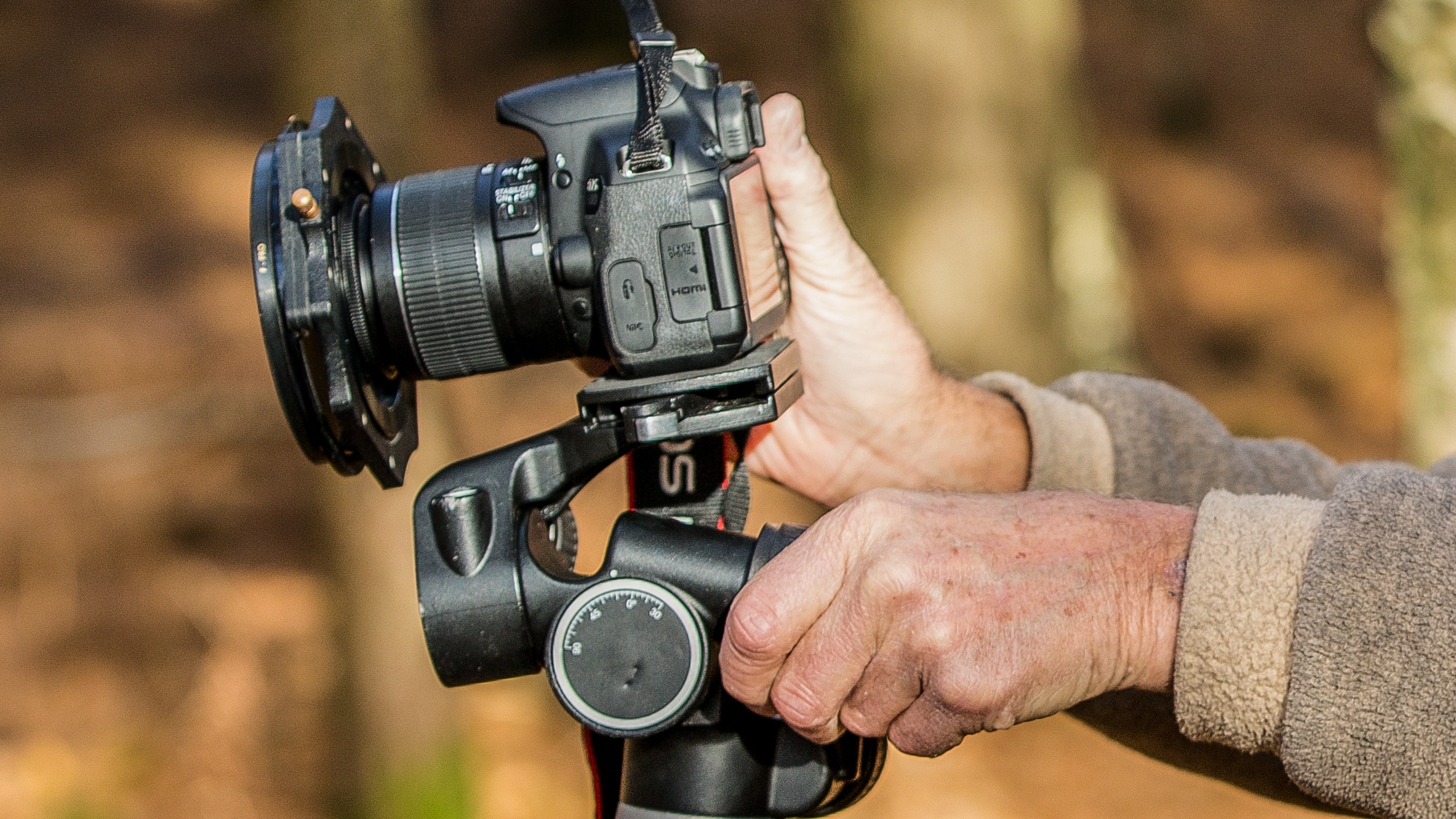
What is a geared tripod head used for?
In a word, precision. A geared tripod head offers fundamentally the same freedom of camera movement as a 3-way head, but the gear-driven mechanism allows you to be much more precise. It's possible to make millimetre-specific adjustments with a geared head, and the locking mechanism should ensure the camera doesn't drift after you've set it in place (if it does, your head may have a fault).
This kind of precision is key in a number of applications. In landscape and architecture photography, where you need to get your horizon lines dead straight and your camera positioning securely locked, a geared head can be hugely useful. They're also often used in studio photography, where it's a common requirement for a camera to be in the exact (and we do mean exact) same position for a number of shots.
Read more:
The best tripod for your camera
The best travel tripods right now
The best iPhone tripods and supports
The best monopods
The best pan and tilt tripod heads
Best gimbal heads for tripods
The best panoramic tripod heads
Get the Digital Camera World Newsletter
The best camera deals, reviews, product advice, and unmissable photography news, direct to your inbox!
Matthew Richards is a photographer and journalist who has spent years using and reviewing all manner of photo gear. He is Digital Camera World's principal lens reviewer – and has tested more primes and zooms than most people have had hot dinners!
His expertise with equipment doesn’t end there, though. He is also an encyclopedia when it comes to all manner of cameras, camera holsters and bags, flashguns, tripods and heads, printers, papers and inks, and just about anything imaging-related.
In an earlier life he was a broadcast engineer at the BBC, as well as a former editor of PC Guide.
